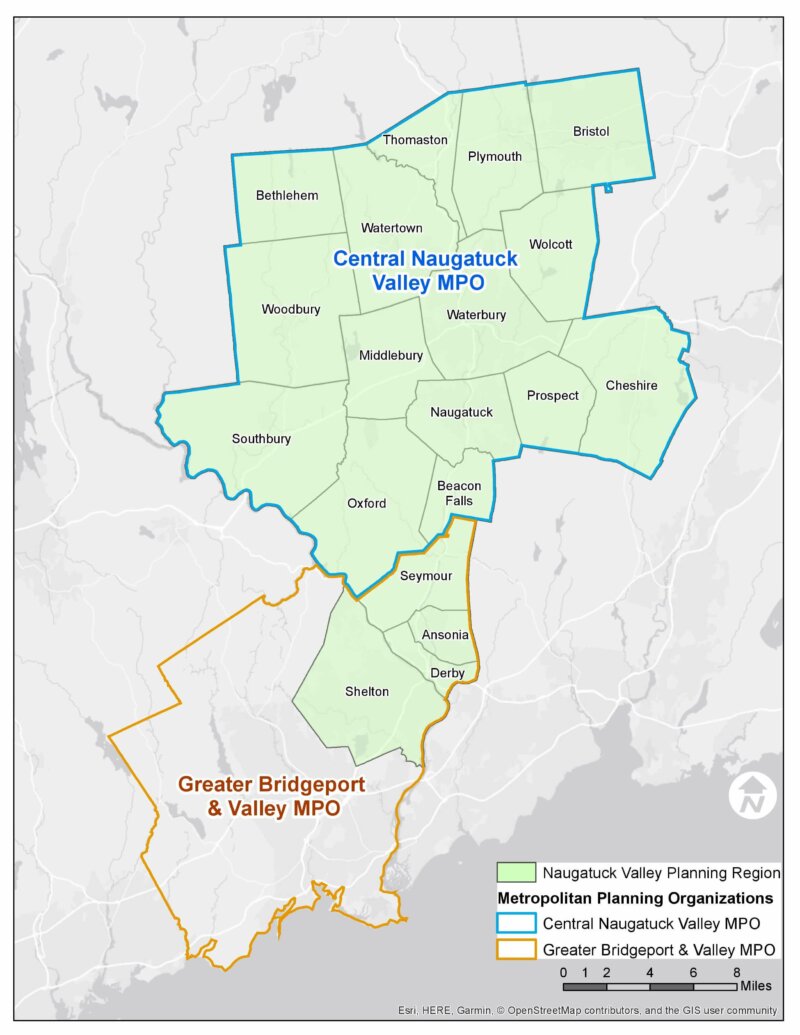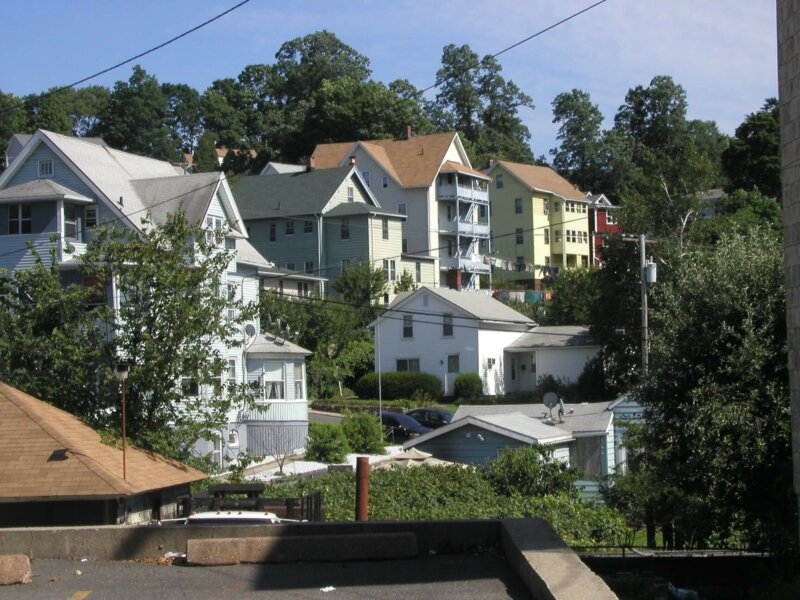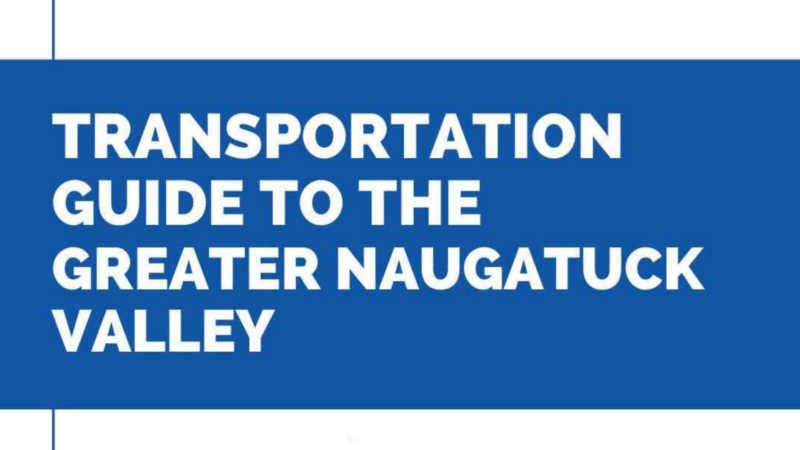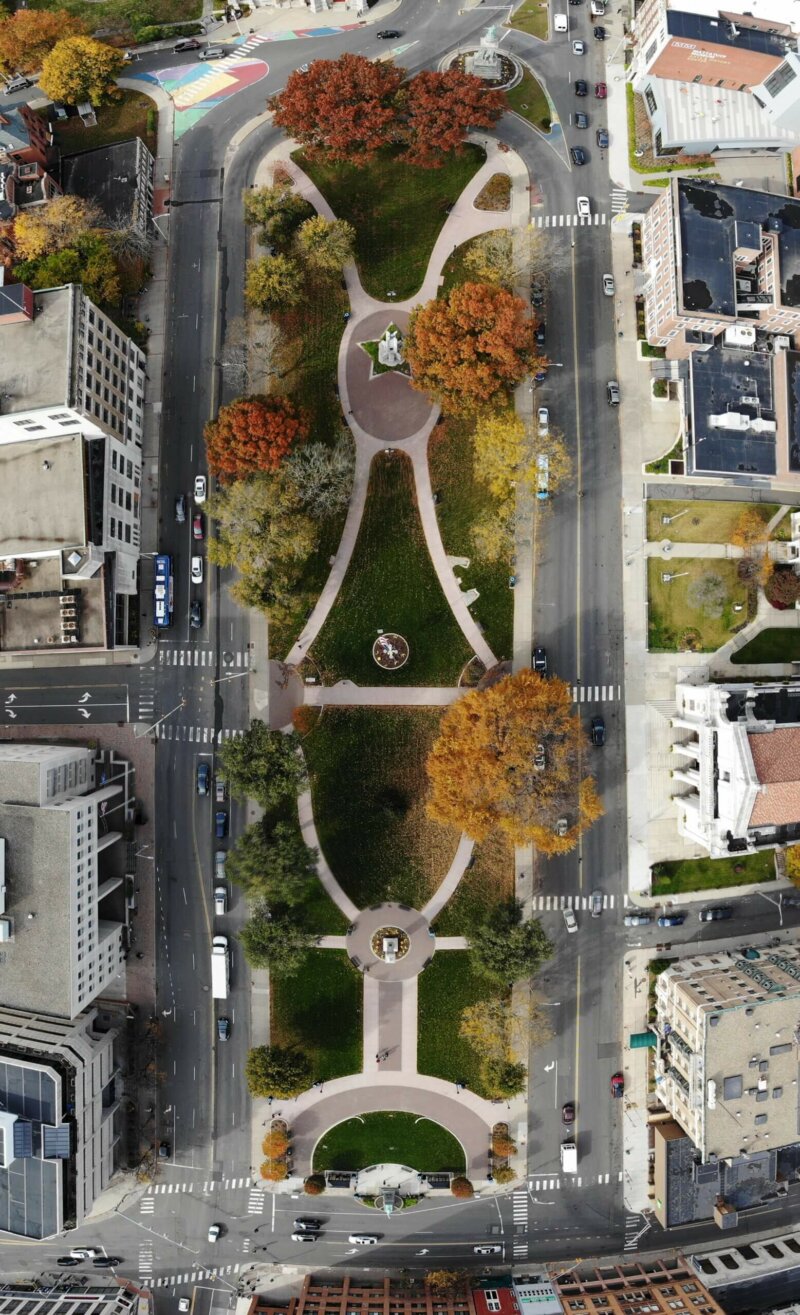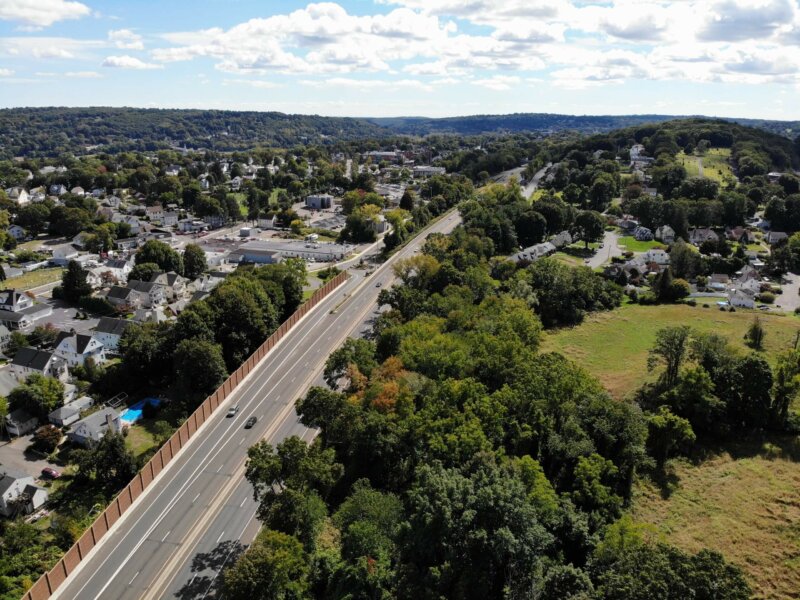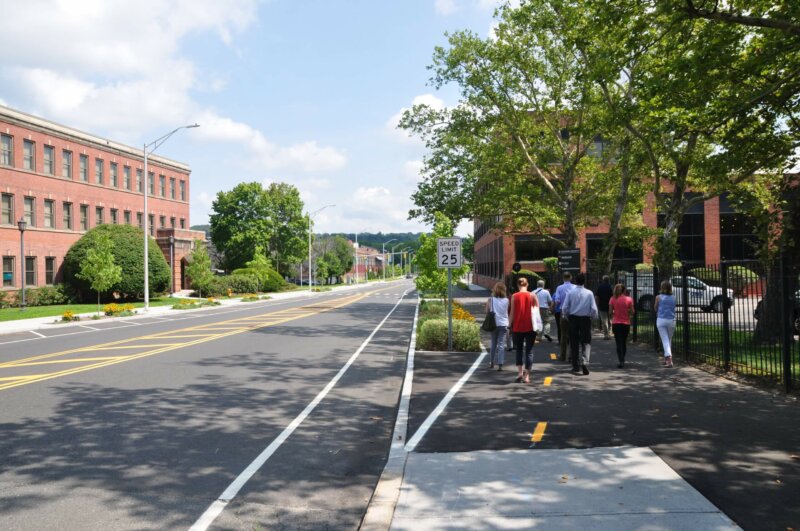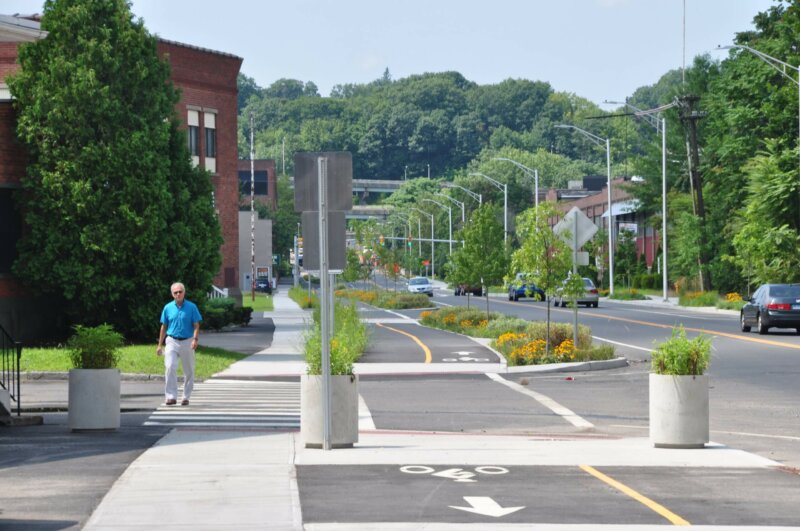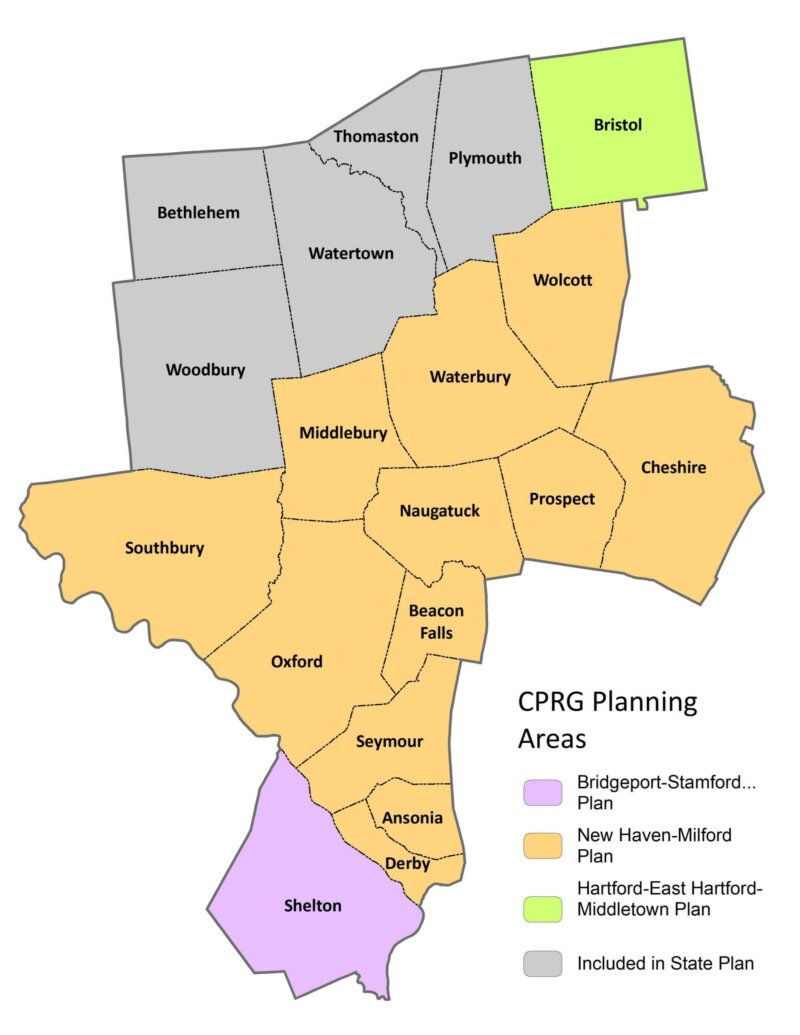The Naugatuck Valley Council of Governments creates Housing Needs Assessments (HNA) to assist our member municipalities in better understanding their housing stock by estimating housing gaps and surpluses and household cost burden.
2025-2028 TIP/STIP
The Transportation Improvement Program is the most important way that local elected officials set the direction of federal transportation spending. The next TIP, which covers federal fiscal years 2025-2028 will begin on October 1st, 2024, and is currently available for the public to review and comment before the MPO boards act to endorse them.
Regional Housing Profile
The Naugatuck Valley Council of Governments completed the organization’s first Regional Housing Profile (RHP) in 2022. The Regional Housing Profile compiles data from all 19 communities in the Naugatuck Valley Planning Region to create a regional overview of housing trends and provide strategies for improving the region’s housing stock and housing affordability.


